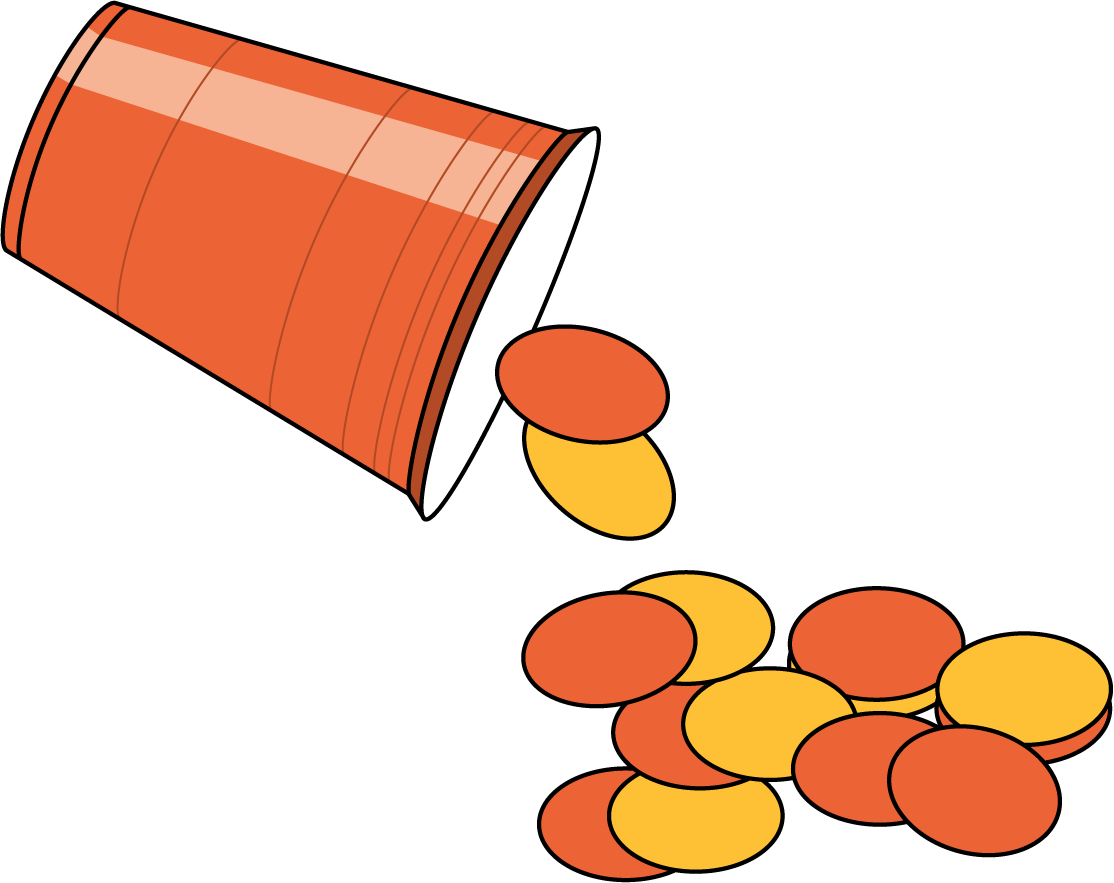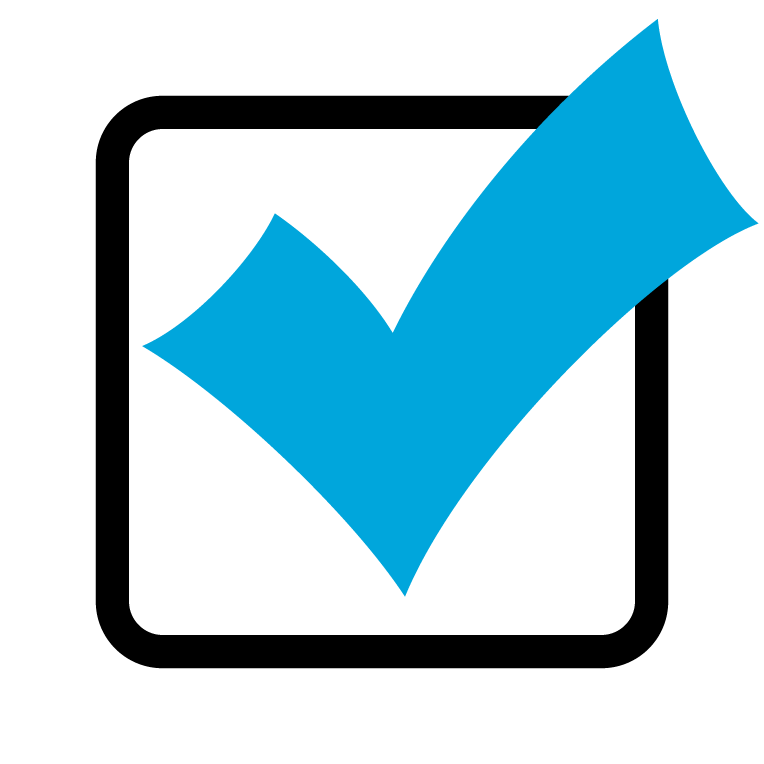Lesson 9
Show Me Your Number
Warm-up: Which One Doesn’t Belong: Tens and Ones (10 minutes)
Narrative
This warm-up prompts students to compare four representations of a quantity. It gives students a reason to use language precisely (MP6). It gives the teacher an opportunity to hear how students use terminology and talk about characteristics of the items in comparison to one another. During the synthesis, ask students to explain the meaning of any terminology they use, such as tens, ones, number, and digit.
Launch
- Groups of 2
- Display the image.
- “Pick one that doesn’t belong. Be ready to share why it doesn’t belong.”
- 1 minute: quiet think time
Activity
- “Discuss your thinking with your partner.”
- 2–3 minutes: partner discussion
- Share and record responses.
Student Facing




Student Response
For access, consult one of our IM Certified Partners.
Activity Synthesis
- “How are C and D the same? How are they different?" (In both of them you can see the three groups of 10 and five ones. They are different because in C the ones are first and in D the tens are first.)
Activity 1: Create a Collection (10 minutes)
Narrative
The purpose of this activity is for students to represent a two-digit number in as many ways as they can. Students are given two number cards and use them to make a two-digit number. Students then create a collection with connecting cubes in towers of 10 and singles to represent their number. Then, students represent their number in as many different ways as they can on paper. Representations may include base-ten diagrams, _____ tens _____ones, and expressions that show the tens and ones.
The collections students make are used in the next activity.
Supports accessibility for: Organization, Attention
Required Materials
Materials to Gather
Launch
- Groups of 2
- Give each group two number cards and connecting cubes in towers of 10 and singles.
- “Use your number cards to make a two-digit number and write the number in the blank.”
- 30 seconds: partner work time
Activity
- “Work with your partner to create a collection of cubes that shows the number you wrote. Then each partner will show your number in as many ways as they can in your book.”
- 8 minutes: partner work time
Student Facing
Show your number in as many ways as you can.
Our number: __________
Student Response
For access, consult one of our IM Certified Partners.
Activity Synthesis
- “How did you use the digits in the two-digit number you created to figure how to make the collection of connecting cubes?” (I know the digit on the left shows how many tens, so we got that many towers of ten. The digit on the right shows how many ones, so we got that many single cubes.)
- “How did you use the digits to create other representations?” (I used the digits to see how many tens and ones to draw. I know the digit on the left means tens and the other digits is ones, so I wrote it like __ tens and __ ones.)
- “Now you will do a gallery walk, observe other collections, and show them in as many ways as you can.”
Activity 2: Show Collections In Many Ways (15 minutes)
Narrative
The purpose of this activity is for students to represent a collection of tens and ones in as many ways as they can. Students participate in a gallery walk in which they visit at least four collections, represent them in different ways, and then compare their representations with their partner. Students may represent in any ways they choose, which may include base-ten drawings with and without showing all the ones within each ten, _____ tens _____ ones, expressions that show the tens and ones, or another way that makes sense to them, including writing the two-digit number.
Students may choose which collections they would like to visit or the teacher may assign the collections. During the activity synthesis, students make connections between representations.
This activity uses MLR7 Compare and Connect. Advances: Representing, Conversing.
Required Materials
Materials to Gather
Required Preparation
- Students’ collections from the previous activity are needed for the gallery walk.
Launch
- Groups of 2
- Make student collections from the previous activity accessible for the gallery walk.
Activity
- Read the task statement.
- 10 minutes: gallery walk
Student Facing
Show each collection in as many ways as you can.
Visit at least 4 collections.
Collection 1
Collection 2
Collection 3
Collection 4
Student Response
For access, consult one of our IM Certified Partners.
Advancing Student Thinking
If students only use one type of representation, consider asking:
- “What’s another way you could show this collection?”
- “How could you use words to describe this collection? How could you use numbers and symbols?”
Activity Synthesis
MLR7 Compare and Connect
- Find a new partner and share the representations you made.
- Discuss how your representations are the same and how they are different.
- Invite 2–3 groups to share what they discussed.
Activity 3: Centers: Choice Time (15 minutes)
Narrative
The purpose of this activity is for students to choose from activities that offer practice adding and subtracting within 20, or estimating, counting and representing quantities. Students choose from any stage of previously introduced centers.
- Grab and Count
- Shake and Spill
- Check It Off
Required Materials
Materials to Gather
Required Preparation
- Gather materials from previous centers:
- Grab and Count, Stage 2
- Shake and Spill, Stages 3–5
- Check It Off, Stages 1–3
Launch
- Groups of 2
- “Now you are going to choose from centers we have already learned.”
- Display the center choices in the student book.
- “Think about what you would like to do.”
- 30 seconds: quiet think time
Activity
- Invite students to work at the center of their choice.
- 10 minutes: center work time
Student Facing
Choose a center.
Grab and Count

Shake and Spill

Check It Off

Activity Synthesis
- “Kiran is playing Grab and Count. He organized his cubes into 3 groups of ten and 1 one. How many cubes does he have?”
Lesson Synthesis
Lesson Synthesis
Display 7 towers of 10 and 3 single cubes.
“Today we represented collections in different ways. What are all the ways I can represent this collection?” (draw 7 tens and 3 ones, 7 tens 3 ones, \(70 + 3\), 73)
“Where do you see 70 in each representation? How does the 7 in 73 represent 70?”
Cool-down: Unit 4, Section B Checkpoint (0 minutes)
Cool-Down
For access, consult one of our IM Certified Partners.